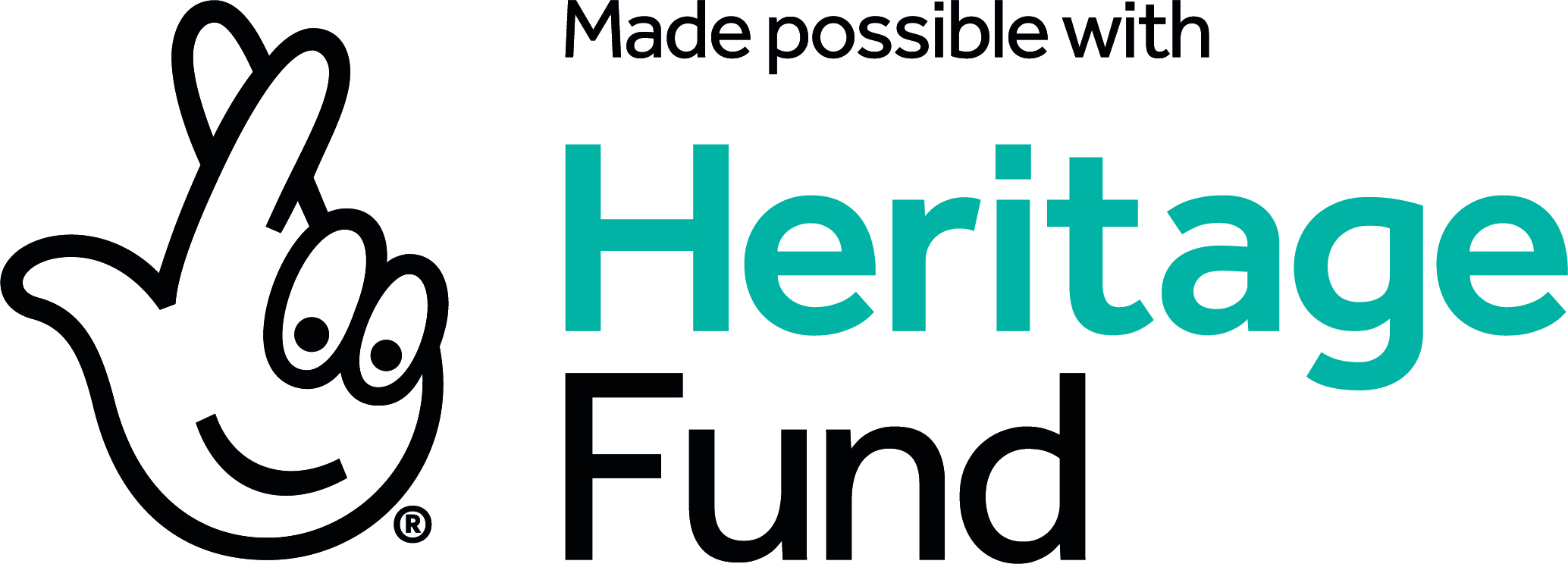



Most people reading this will probably know that there is a substantial, growing and deeply committed group of artists whose work aims to have a focus in some form on climate change. Whether it can be read as a cry of pain (e.g. the observation that ‘scientists can shout, artists can scream’) or as a more measured, nuanced or intellectualised response, there is a vast range of work that has a bearing on the subject.
In 2005 I started out in this field, forming an organisation eventually called TippingPoint, inspired in part by Bill McKibben’s observation: But oddly, though we know about it, we don’t know about it. It hasn’t registered in our gut; it isn’t part of our culture. Where are the books? The poems? The plays? The goddamn operas?
TippingPoint worked primarily in the UK, but also across the world, holding events that brought over 2,000 artists into close contact with climate researchers of one type or another, all with a view to stimulating conversations, collaborations – whatever would help inspire new work. We had no prescriptions or expectations of the people who attended, we simply wanted to create an environment in which new ideas might develop. We also commissioned over 25 new pieces of work, mostly theatre pieces.
My original hope for TippingPoint was that we would act as midwife, or marriage broker, to something that might emerge as a twenty-first century version of Silent Spring. After a while I concluded that given the cacophonous media times in which we live it was unrealistic to expect a single piece of work to have comparable impact. So I settled on a lesser ambition, of helping to bring about as much work as possible that would contribute to a rising tide of insights, revelations – and screams – that would help wake us up to the subject.
And I think that has happened. Recognition of the severity of the issue is currently at an all-time high (let us hope, devoutly, that it is sustained); this is due to many factors, including the weather, Greta Thunberg, David Attenborough, and much more. But I cherish the notion that what is often called ‘the cultural response to climate change’ has played its part, and this will continue. The countless artworks that have emerged don't, of course, tell the story simply, still less do they interpret or help communicate the work of scientists, as many of them wished; but they have created that rising tide.
I claim no part in the conception of the Time and Tide Bells, which is wholly due to Marcus Vergette. But he came to several of TippingPoint’s events, and it became clear to me that these are not only very powerful sculptures, but that the ethos that surrounds them, the fact that they are a gift, without strings, to the communities that host them, and that they have the capacity to stimulate further work of a broad range, tells exactly the right story for our times.
And I think that if you listen to them really, really carefully, you can hear the sound of the sea level rising.
Peter Gingold
February 2020



